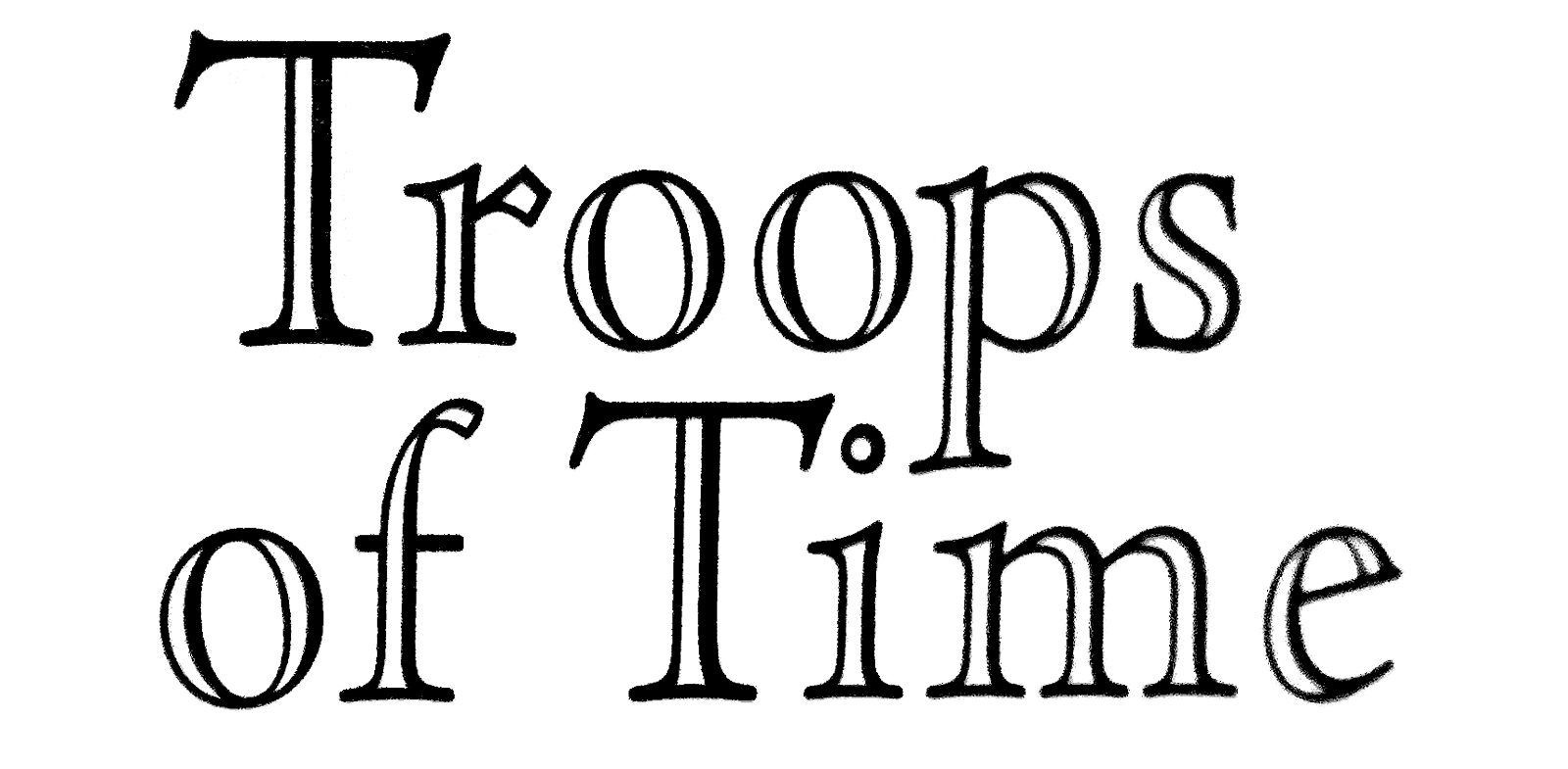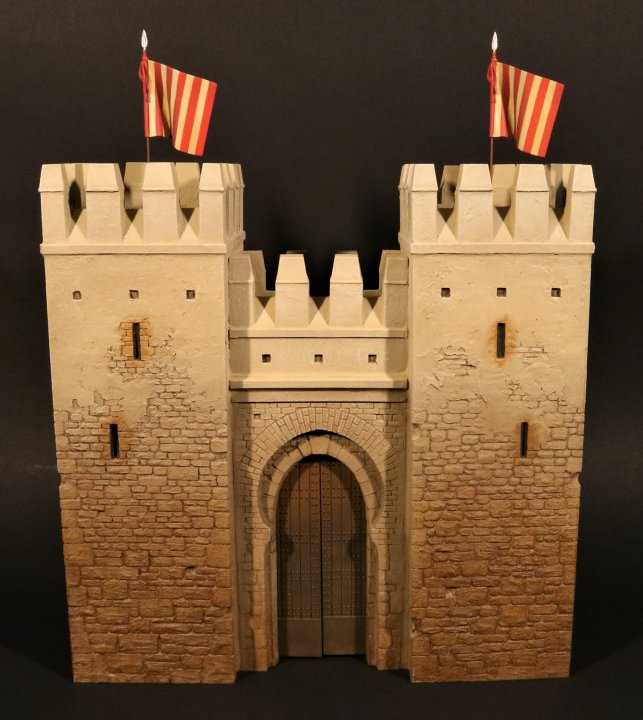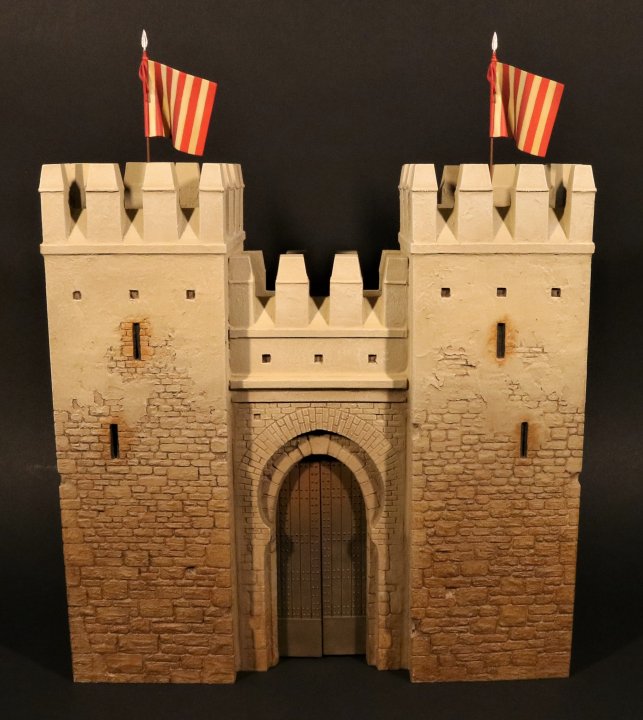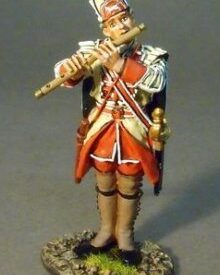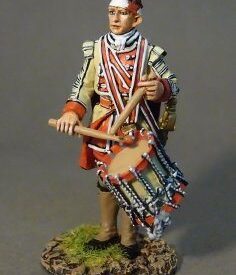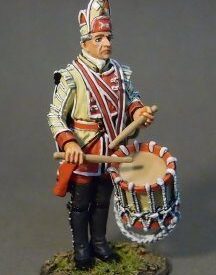AND-100 Andalusian Castle Gatehouse
$398.00
Description
GATEHOUSE: 4” depth x 12” length x 12 ¼” height (15 ½” including Flag)
The impact and early significance of castles in Spain can be measured by the fact that the noun “castle” (from the Latin castella meaning “castles”) forms the origin of the name of Spain’s historically most powerful kingdom: Castile. And the history of Castile –the land of castles– projects itself widely over the history of Spain.
Castles were not built only in response to hostility between Christians and Moors but also by Christian and Moorish rulers to control internal conflicts. They were also constructed by ambitious and rebellious nobles on both sides, especially in those areas far removed from immediate royal authority.
Villages and towns frequently established themselves around castles, creating hubs that provided work for the inhabitants. In times of hostility, those inhabitants could seek protection inside the castles. In return for protection, villagers often surrendered their freedom and became vassals of the lord of the castle, creating one of the most identifiable social structures associated with this period: feudalism (in general terms, a contract whereby a king or lord allowed a vassal to use his land in return for homage and service whenever called upon).
However, in Spain, and more specifically in the medieval kingdoms of Castile, León, Navarre and Aragón, the feudal system never took firm root because of the need to encourage citizens to populate or repopulate lands on the borders with Muslim al-Andalus.
Castles were built and existing towns strengthened as centres of resistance to the threat of Muslim expansionism. In return, monarchs or nobles offered willing citizens certain inducements/privileges (e.g. ownership of land, freedom from taxation, keeping the profits of war) for settling and defending frontier zones.
These privileges – legally recorded and known as fueros or charters— differed from area to area, but in general they outlined both the obligations and freedoms of the settlers and protected them from servitude.
From an early date, the main defensive wall of Spanish, especially Muslim castles had square or rectangular towers. Christian fortresses were more likely to have semi circular towers, whose advantage was that they were better to deflect stones and arrows. The square tower still prevailed in Moorish castles into the 13th and even 14th centuries.
The “horseshoe arch” was another characteristic of Muslim castles, with the double horseshoe “Gate of Justice” the main entrance of the Alhambra fortress being a magnificent example.
The separate castle sections will allow for a variety of diorama set ups, varying from a full four sided castle! To a simple shelf backdrop.
Pictured below are 2 examples of how the Castle sections could be set up:
Shelf Backdrop as in picture, 4” depth x 32 ½” length x 12 ¼” height (15 ½” including Flags)
Movie Backdrop, 4” depth x 31” length x 12 ¼” height (15 ½” including Flags)
